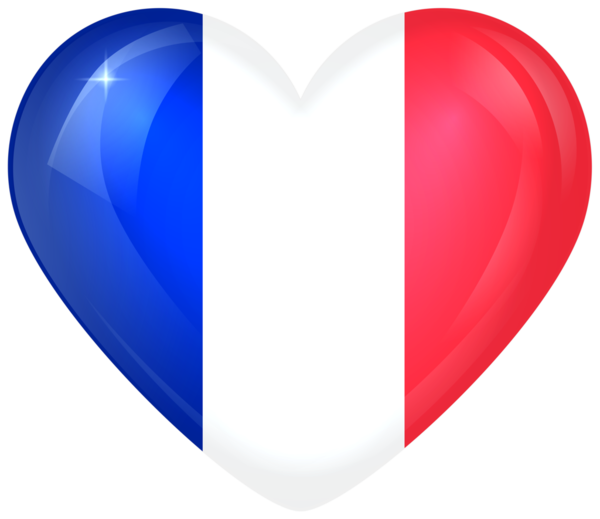
Parts of the Body in French
October 9, 2024
Learn French Animal Vocabulary and Grammar Rules
October 10, 2024Basic Clothing Items in French
Bonjour everyone! Today we’re diving into an exciting subject for beginners learning the French language: basic clothing items in French. You often hear the saying, “clothes make the man,” and how true it is! Knowing how to describe what you’re wearing or how to ask for a particular item in a shop can be incredibly useful – especially if you’re planning a trip to France.
For this guide, we’ll talk about common clothing vocabulary and how to incorporate them into your daily French conversation. Each French vocabulary word will be supplied with its French translation, a phonetic guide, and example sentences or conversation for context.
Learning Goals
By the end of this guide, you will learn:
- Clothing vocabulary in French.
- Grammar rules on French gender distinctions.
- How to form sentences about clothing in French.
Alright, let’s dive in to get you started on your French language adventure.
Understanding French Genders
In French, every noun is either masculine (le) or feminine (la). This distinction also extends to clothing articles which you must remember while learning. Luckily, it follows a general pattern for most clothing items.
- If an item ends in “-e”, it’s usually feminine: “une robe”(a dress).
- If it doesn’t, it’s likely masculine: “un pantalon”(a pair of pants).
Now, let’s learn about clothing items in French.
A. Le Haut (Upper-Bodies)
- “Le tee-shirt” /te-shirt/ (T-shirt). e.g. “J’aime le tee-shirt que tu portes.” (I like the shirt you’re wearing).
- “Le pull” /pul/ (Sweater). e.g. “Il fait froid aujourd’hui, je vais porter un pull.” (It’s cold today, I’m going to wear a sweater).
- “La robe” /rob/ (Dress). e.g. “C’est une belle robe.” (That’s a beautiful dress).
B. Le Bas (Lower-Bodies)
- “Le pantalon” /pɑ̃.ta.lɔ̃/ (Pants). e.g. “Je cherche un pantalon noir.” (I am looking for black pants).
- “La jupe” /ʒyp/ (Skirt). e.g. “Cette jupe te va bien.” (This skirt suits you well).
- “Le short” /ʃɔʁ/ (Shorts). e.g. “Les shorts sont parfaits pour l’été.” (Shorts are perfect for summer).
C. Les Chaussures (Shoes)
- “Les chaussures” /ʃo.syʁ/ (Shoes). e.g. “Ces chaussures sont inconfortables.” (These shoes are uncomfortable).
- “Les chaussettes” /ʃɔ.sɛt/ (Socks). e.g. “J’ai besoin de nouvelles chaussettes.” (I need new socks).
D. Les Accessoires (Accessories)
- “Le chapeau” /ʃa.po/ (Hat). e.g. “Le chapeau te donne un look élégant.” (The hat gives you an elegant look).
- “Le sac” /sak/ (Bag). e.g. “Je ne peux pas trouver mon sac.” (I can’t find my bag).
Grammar Rules in Context
You’ve learned the French vocabulary for clothing. Great! Now let’s understand how to use them in sentences.
In French, adjectives (description words) usually go after the noun. For example, “Une robe bleue” translates to “A blue dress”, with ‘robe’ being the noun (dress), and ‘bleue’ the adjective (blue). The adjective MUST match in gender (feminine/masculine) AND number (singular/plural) to the noun. If you’re talking about “des robes bleues” (some blue dresses), everything is plural and feminine.
That’s not all! The ‘colors’ in French have masculine and feminine forms too. ‘Bleu’ in masculine would change to ‘bleue’ in feminine, ‘vert’ to verte’, ‘blanc’ to ‘blanche’ and so on.
Sample Dialogues
Here are a few sample dialogues to help you understand better.
Dialogue 1
- Marie: “Je cherche une robe pour la soirée.” (I’m looking for a dress for the party.)
- Vendeur: “Que pensez-vous de cette robe bleue?” (What do you think about this blue dress?)
Dialogue 2
- Jean: “Où sont mes chaussettes blanches?” (Where are my white socks?)
- Maman: “Elles sont dans le tiroir de ton placard.” (They’re in the drawer of your closet.)
Practice
Now, it’s your turn to practice! Write a few sentences or a short dialogue using the French clothing vocabulary and grammar rules from this guide. Feel free to have fun with it!
Conclusion
Mastering any language requires constant practice, especially with daily-use items like clothing in French. Remember to keep using these new words in conversation to make them second nature. With consistency, you’ll get the hang of it! In the next guide, we’ll look at French phrases related to eating and dining – a staple conversation topic.
Remain consistent in your French learning journey, and soon you’ll be breezing through real-time conversations in French, whether you’re chatting about the latest fashions or asking for directions in the beautiful streets of Paris. à bientôt (see you soon)!
Learning Italian Vocabulary: Clothing (I Vestiti)
Mastering Spanish Fashion Terms: An In-Depth Beginner’s Guide

